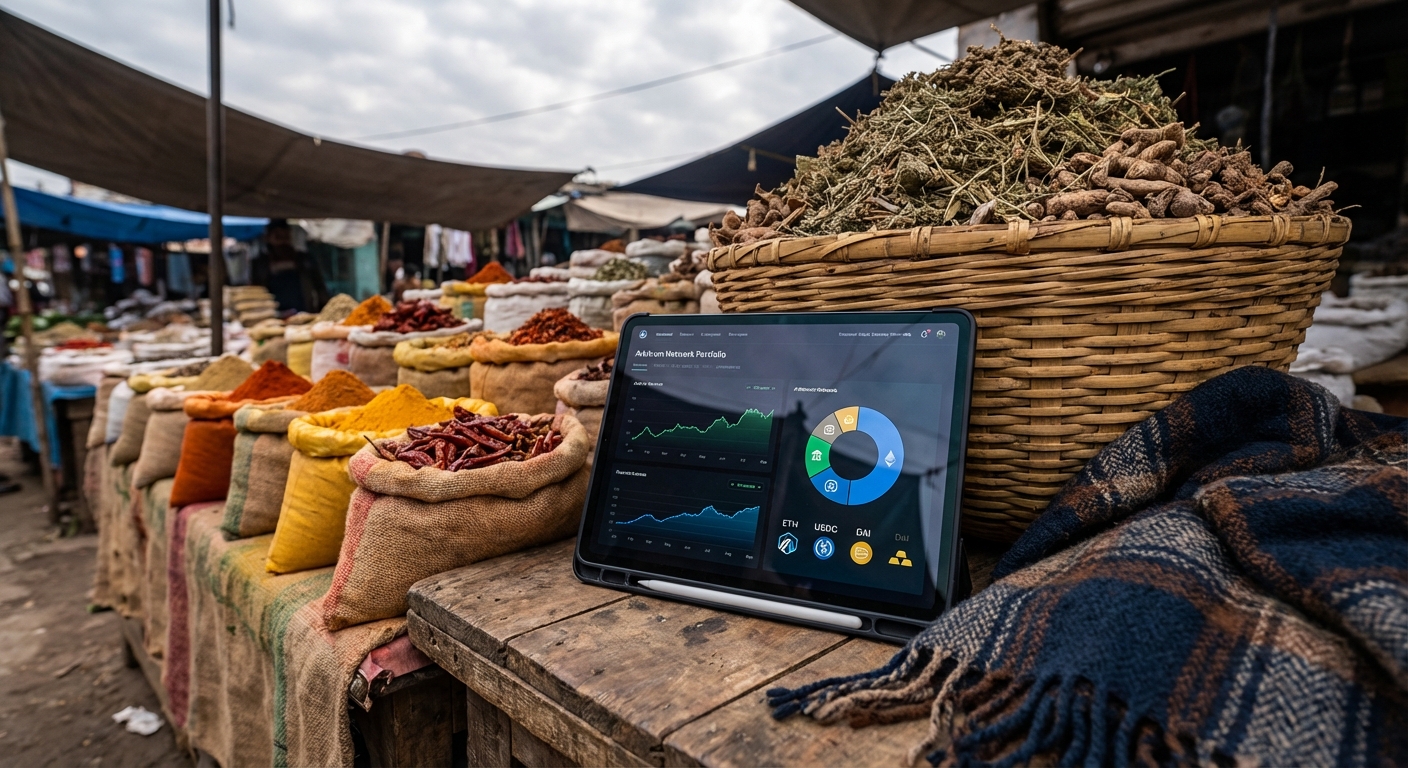
Stablecoin vaults have become the backbone of modern DAO treasury management, offering a blend of capital efficiency, risk mitigation, and operational flexibility. As DAOs mature and their treasuries grow in complexity, the pressure to deploy stablecoins effectively across DeFi protocols has never been greater. The current landscape is marked by a rapid evolution of tools and strategies, with DAO operators seeking not just yield but also robust risk management and transparency.

Why Stablecoin Vault Optimization Matters for DAOs
DAOs are uniquely exposed to crypto market volatility. By allocating a portion of their treasury into stablecoin vaults, they create a buffer against downturns while unlocking new avenues for on-chain yield generation. This approach is not merely about chasing returns; it’s about preserving runway, ensuring operational continuity, and building trust with stakeholders through transparent asset management.
Recent examples underscore this trend. Arbitrum’s Secure Treasury Endowment Program (STEP 2.0) strategically reallocated assets into stablecoins and deployed them across lending protocols like Compound and Aave, as well as real-world asset (RWA) vaults. Such moves help DAOs weather bear markets without being forced to liquidate native tokens at inopportune moments.
Diversification and Yield Generation: The Core Pillars
Diversification is foundational for any resilient treasury. By spreading assets across multiple stablecoins (USDC, DAI, USDT) and protocols (Compound, Aave, Morpho), DAOs can minimize exposure to single-point failures or depegs. This multi-layered approach is further enhanced by engaging with platforms like dHEDGE or Enzyme, which offer managed liquidity pools tailored for institutional-grade risk controls.
The other side of the coin is yield generation. Idle stablecoins represent lost opportunity; depositing them into vetted DeFi protocols can convert dormant capital into a steady revenue stream. GitcoinDAO’s recent proposal to utilize the Avantgarde DeFi Yield Vault on Enzyme exemplifies how DAOs are leveraging automated strategies to support long-term sustainability without compromising on security or transparency.
Autonomous and AI-Driven Treasury Management
The rise of autonomous treasury management solutions marks a paradigm shift for DAO operators. Platforms such as Aera Finance enable non-custodial management of multi-asset vaults, combining stablecoins with native tokens, while maintaining full on-chain transparency. These solutions allow DAOs to set parameters for risk tolerance and yield targets while minimizing manual intervention.
Machine learning integration takes this further by enabling dynamic portfolio rebalancing based on real-time market conditions. TrustStrategy’s ML-powered system optimizes allocation between stablecoins, governance tokens, and DeFi protocols to maximize risk-adjusted returns, a critical edge in volatile markets where static strategies quickly become obsolete.
This shift toward automation not only enhances capital efficiency but also reduces the cognitive load on DAO operators who must juggle governance proposals, community engagement, and protocol upgrades alongside financial stewardship.
The Role of Strategic Partnerships and Token Swaps
Strategic partnerships, such as token swaps between DAOs, offer another lever for diversification without resorting to open-market sales that could depress token prices. These collaborations can be structured to mutually benefit both parties while increasing the breadth of assets held in each treasury vault.
If you’re looking for more details on practical implementation or want to dive deeper into specific optimization techniques for your organization’s needs, explore our guide on optimizing DAO stablecoin vaults for maximum capital efficiency.
DAO treasury management is not a set-and-forget operation. As the DeFi landscape rapidly evolves, so too must the strategies that underpin stablecoin vault optimization. The most successful operators are those who treat their vaults as living portfolios, consistently monitoring performance, reassessing risk parameters, and adapting to new opportunities or threats. This adaptive mindset is crucial for maintaining both capital efficiency and long-term sustainability.
Key Steps to Optimize DAO Stablecoin Vaults
-
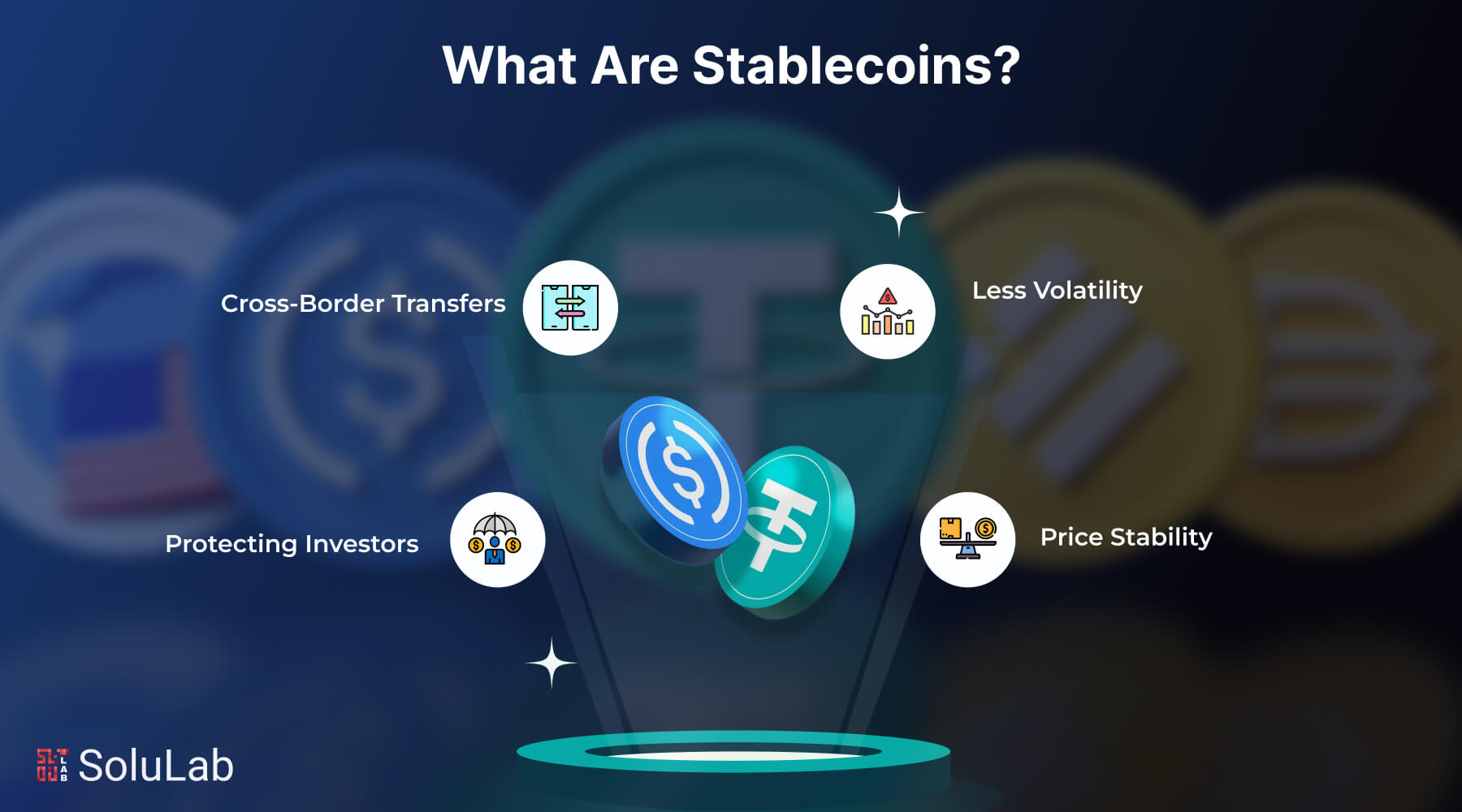
Diversify Stablecoin Holdings: Allocate treasury assets across multiple stablecoins (e.g., USDC, DAI, USDT) and protocols to reduce exposure to single-asset or platform risk. For example, Arbitrum’s STEP 2.0 program diversified assets into stablecoins and deployed them across lending protocols and RWA vaults.
-
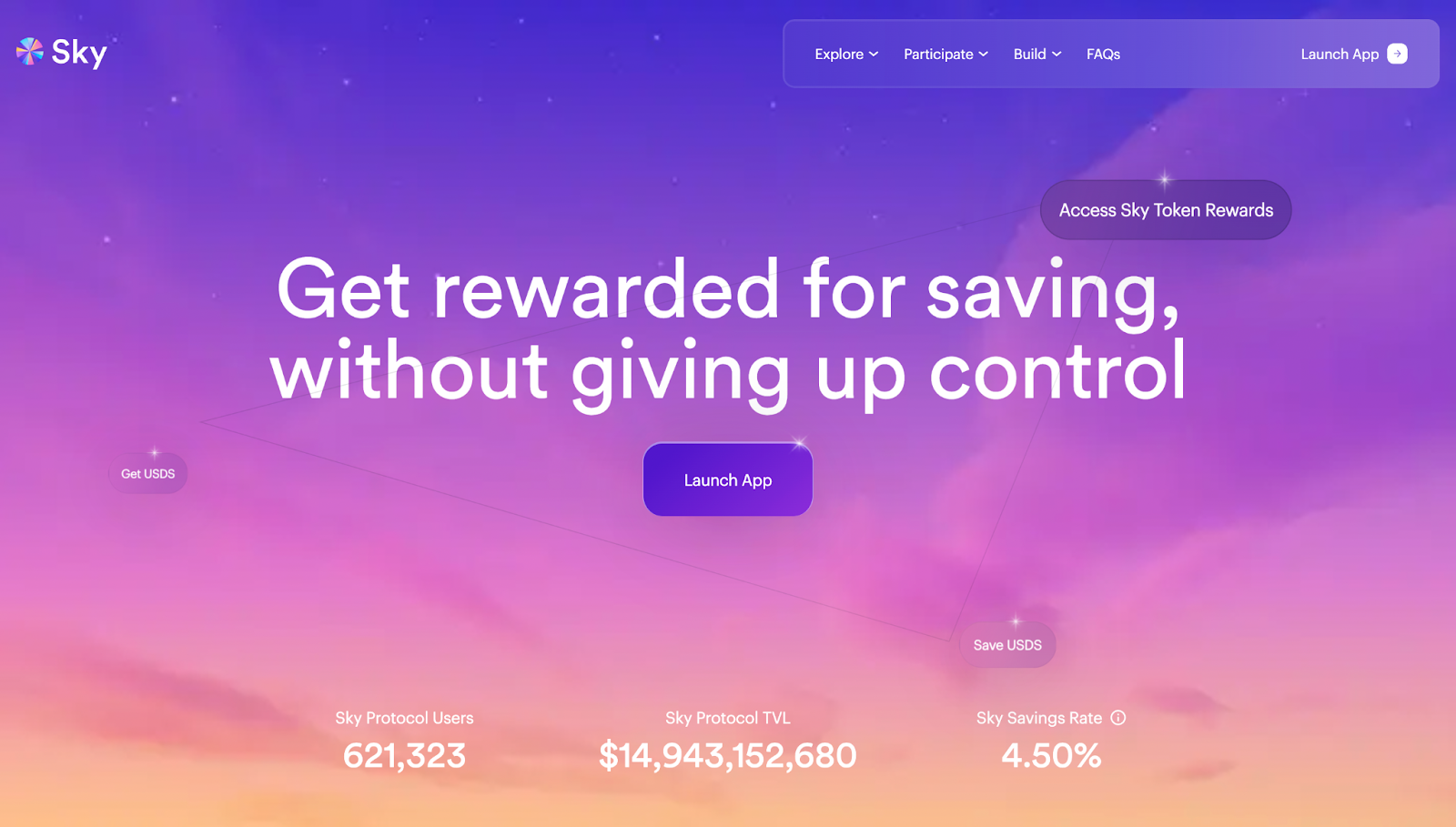
Select Robust DeFi Protocols: Deploy stablecoins in established lending and yield platforms such as Compound, Aave, Morpho, and Enzyme for reliable yield generation. GitcoinDAO, for instance, proposed using the Avantgarde DeFi Yield Vault on Enzyme to earn yield on idle USDC.
-
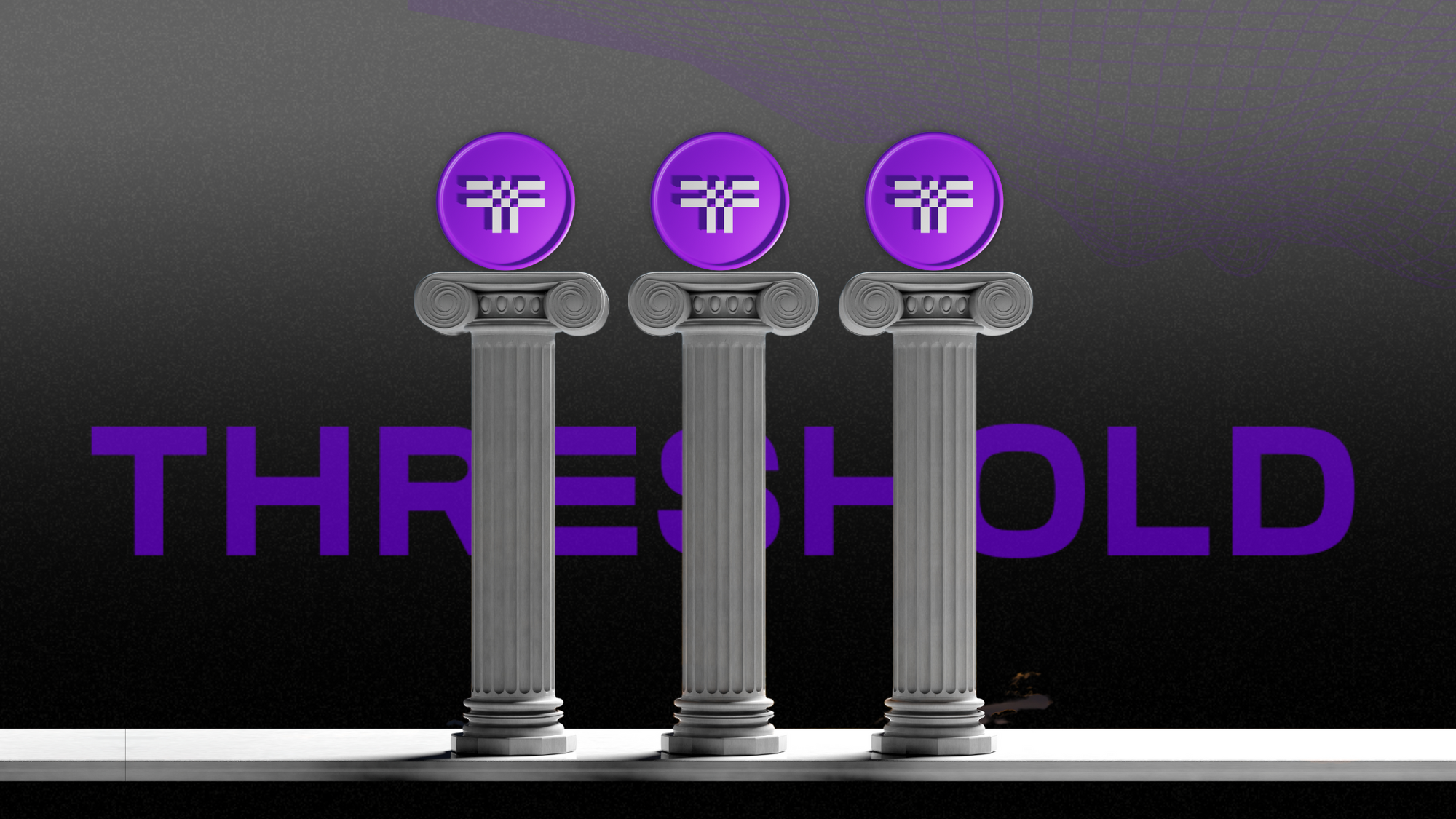
Automate Yield and Treasury Management: Leverage autonomous solutions like Aera Finance to manage vaults non-custodially, enabling automatic rebalancing and transparent fund management on-chain.
-

Integrate Machine Learning for Optimization: Utilize AI-driven tools (e.g., TrustStrategy) to dynamically rebalance portfolios, optimizing yield and risk exposure based on real-time market data and risk parameters.
-
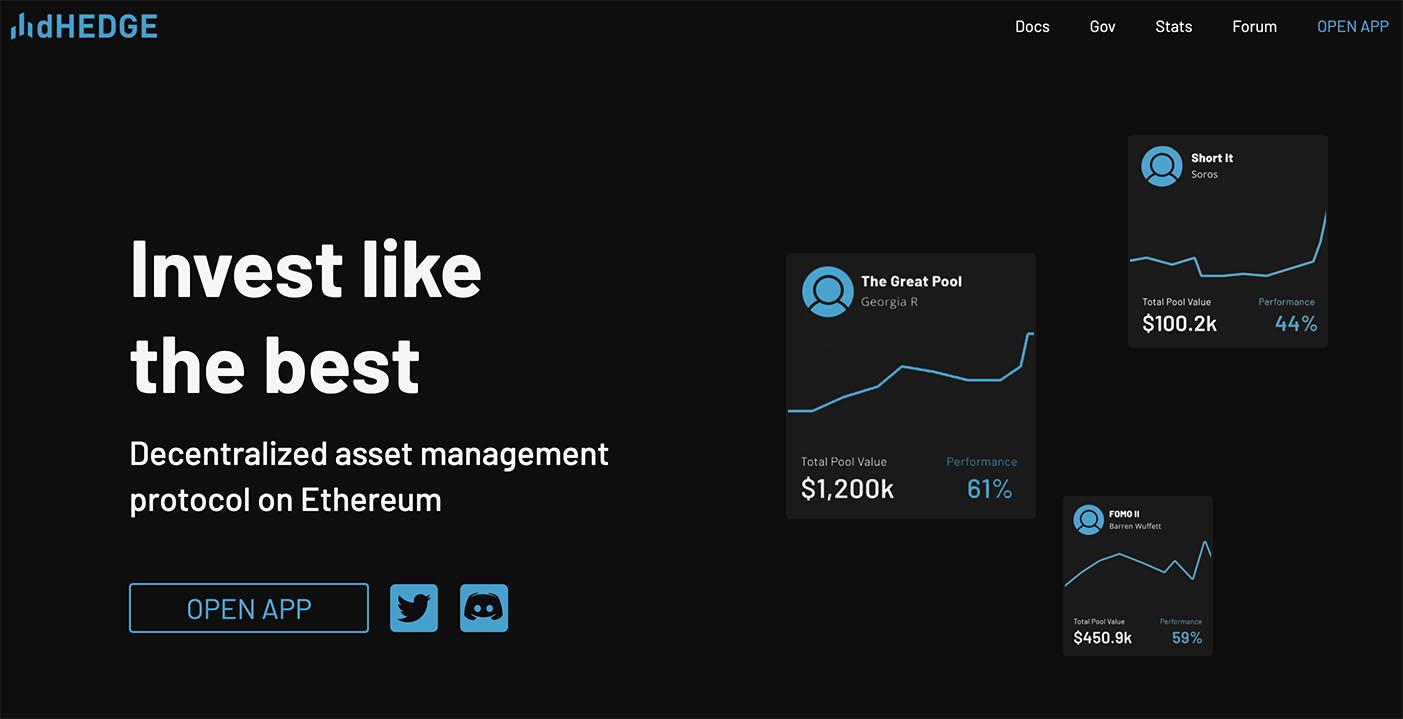
Monitor Risk and Governance Continuously: Establish robust monitoring systems for protocol risk, smart contract vulnerabilities, and governance participation. Use platforms like dHEDGE for decentralized asset management and integrate on-chain governance tools to ensure responsive oversight.
Best Practices for Ongoing Vault Optimization
To remain resilient and competitive, DAOs should consider the following best practices:
- Regular Stress Testing: Simulate adverse market events to understand how your stablecoin vaults would perform during periods of high volatility or protocol-specific incidents.
- Continuous Due Diligence: Stay current on audits, governance changes, and risk disclosures for all protocols where treasury assets are deployed. This proactive approach can help identify red flags before they become existential threats.
- Automated Rebalancing: Leverage AI-driven tools to periodically adjust allocations in response to shifting yields or emerging risks, ensuring optimal exposure at all times.
- Transparent Reporting: Use on-chain analytics dashboards to keep stakeholders informed about asset allocation, yield generation, and risk metrics. Transparency not only builds trust but also encourages community participation in treasury decisions.
The integration of decentralized asset management platforms such as dHEDGE allows DAOs to implement these practices without sacrificing autonomy. By combining managed liquidity pools with automated strategy execution and robust reporting tools, DAOs can strike an effective balance between control and efficiency. For a deeper dive into how these platforms are revolutionizing on-chain treasury management, see our analysis on how stablecoin vaults are reshaping DAO treasury management in 2025.
Risk Management: The Cornerstone of Sustainable Yields
No yield strategy is complete without a robust risk framework. Even blue-chip protocols carry smart contract risks or potential governance failures. Diversifying across different protocols and stablecoins is essential but not sufficient; DAOs should also set clear guidelines for maximum exposure per protocol or asset type. Automated monitoring tools can alert operators when allocations drift outside pre-approved limits.
The rise of real-world asset (RWA) vaults adds another layer of complexity, and opportunity, for DAOs seeking non-correlated returns. However, RWAs introduce unique legal and operational risks that require careful vetting and ongoing oversight. A methodical approach to due diligence here is non-negotiable.
Building a Culture of Treasury Stewardship
Ultimately, optimizing stablecoin vaults is as much about process as it is about product. Engaged communities drive better outcomes by holding operators accountable and surfacing innovative strategies through open governance forums. Regular updates on vault performance and transparent communication around rebalancing decisions foster trust, an invaluable currency in decentralized finance.
If your DAO hasn’t yet formalized its approach to vault optimization or risk management frameworks, now is the time to start. Begin with small experiments using non-custodial platforms or machine learning solutions that allow you to iterate quickly without compromising security.
The future of DAO treasury management will be defined by those who combine disciplined risk controls with agile deployment across the ever-expanding spectrum of DeFi opportunities. Stablecoin vault optimization isn’t just a technical challenge, it’s a continuous journey toward operational excellence in decentralized finance.





